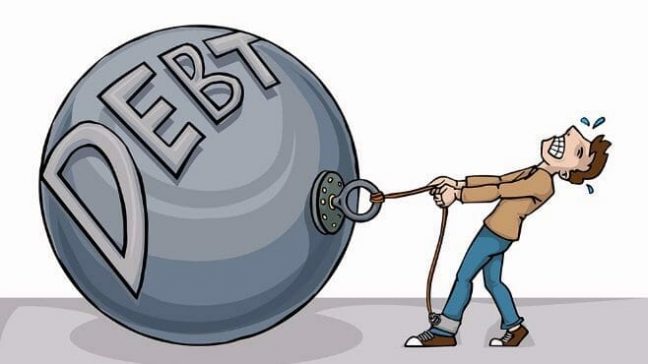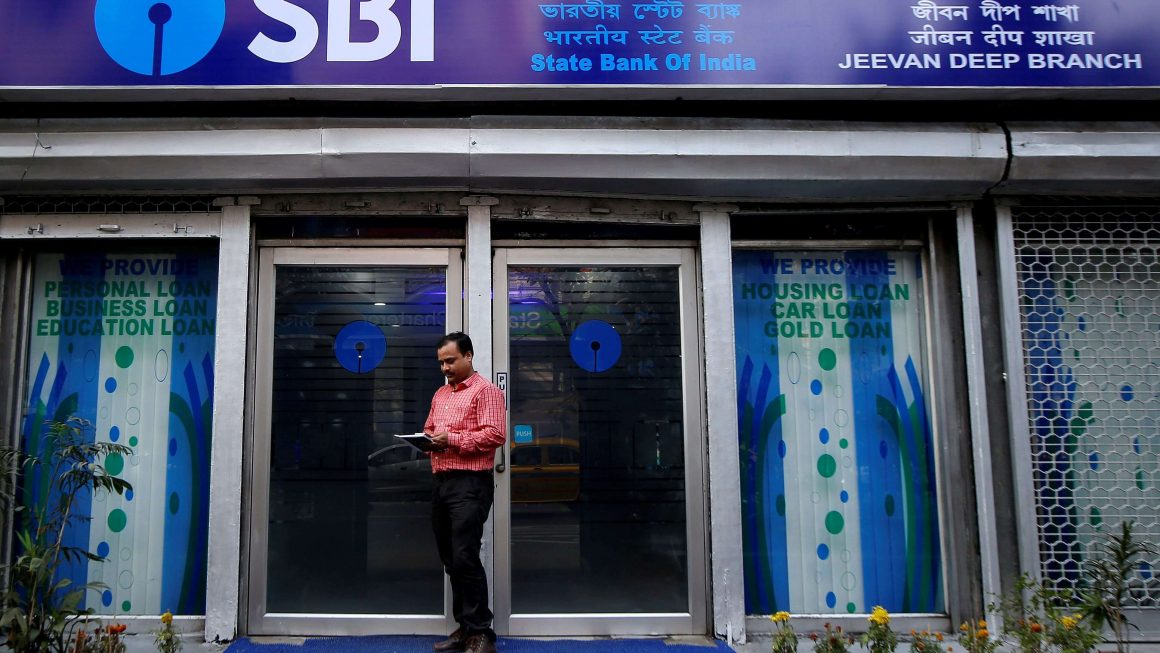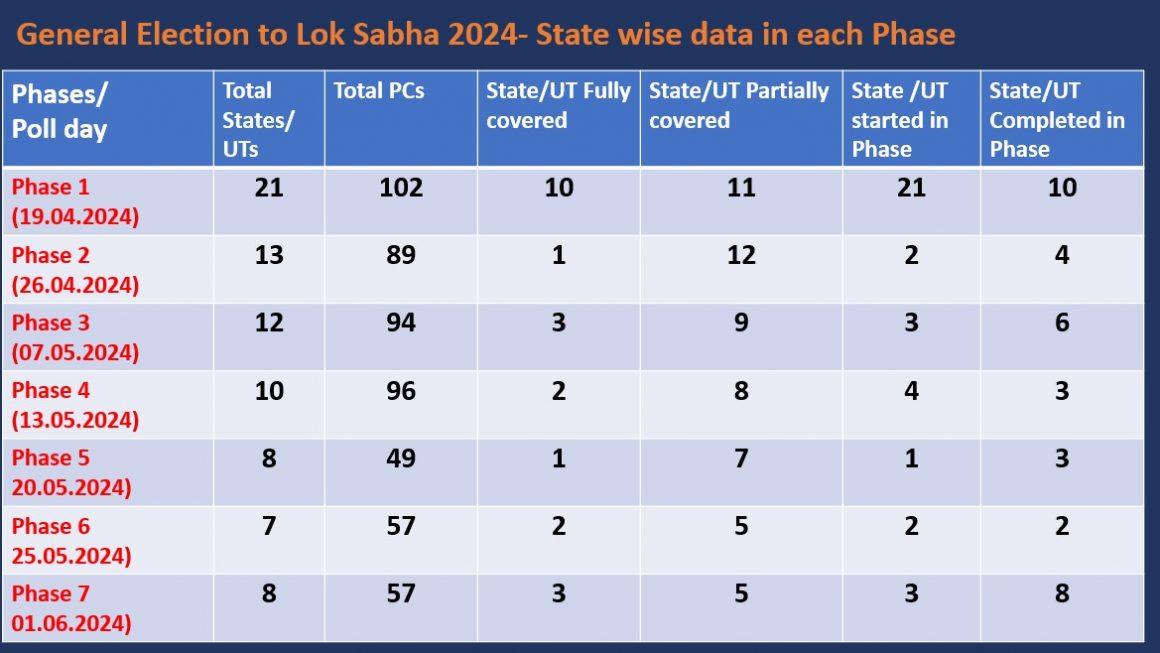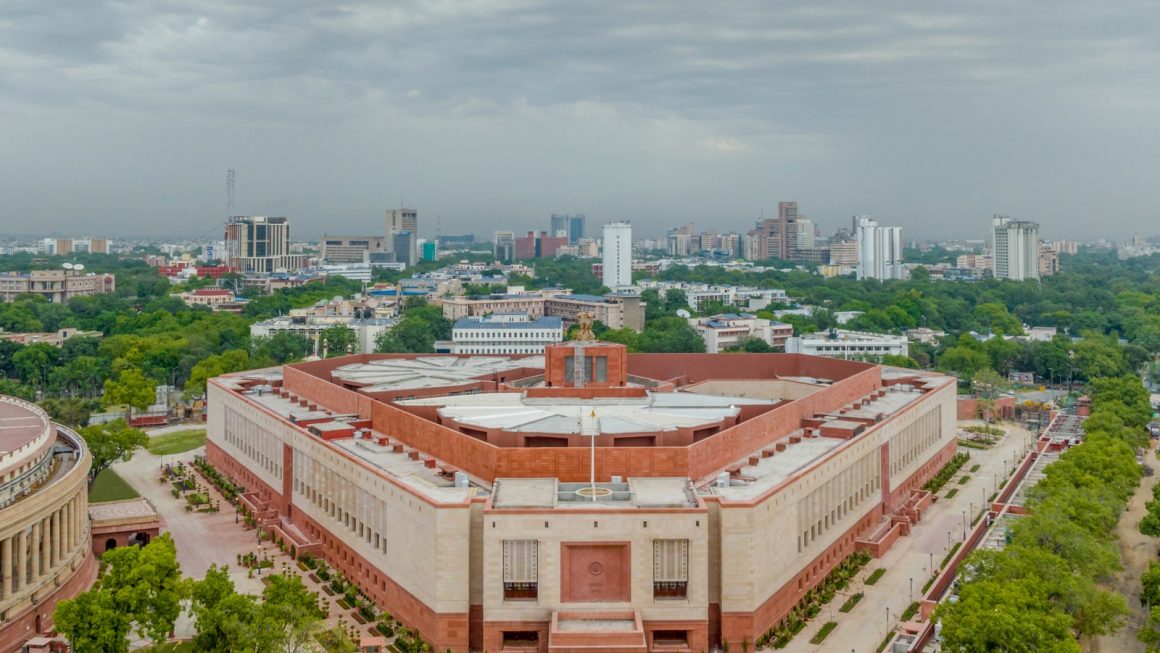NEW DELHI: India’s external debt increased 2.6 per cent to $543 billion at end-March 2019, primarily on account of a rise in short-term debt, commercial borrowings and non-resident Indian (NRI) deposits, the RBI said on Friday.
The increase in external debt was partially offset by valuation gain resulting from the appreciation of the US dollar against Indian rupee and other major currencies.
“At end-March 2019, India’s external debt was placed at $543.0 billion, recording an increase of $13.7 billion over its level at end-March 2018,” the central bank said.
The external debt-to-GDP ratio stood at 19.7 per cent at end-March 2019, lower than 20.1 per cent at end-March 2018.
The RBI said valuation gain due to the appreciation of the US dollar vis-a-vis Indian rupee and other major currencies was placed at $16.7 billion.
Therefore, excluding the valuation effect, the increase in external debt would have been USD 30.4 billion instead of USD 13.7 billion at end-March 2019 over end-March 2018.
Commercial borrowings were the largest component of external debt, with a share of 38 per cent, followed by NRI deposits (24 per cent) and short-term trade credit (18.9 per cent).
“At end-March 2019, long-term debt (with original maturity of above one year) was placed at $434.6 billion, recording an increase of USD 7.5 billion over its level at end-March 2018,” the RBI said.
Short-term debt on a residual maturity basis constituted 43.4 per cent of total external debt at end-March 2019 (42 per cent at end-March 2018) and stood at 57.0 per cent of foreign exchange reserves (52.3 per cent at end-March 2018).
The central bank further said US dollar denominated debt continued to be the largest component of India’s external debt with a share of 50.5 per cent at end-March 2019, followed by the rupee (35.7 per cent), Japanese yen (5 per cent), SDR (4.9 per cent) and euro (3 per cent).
Debt service declined to 6.4 per cent of current receipts at end-March 2019 as compared to 7.5 per cent at end-March 2018, reflecting lower repayments of commercial borrowings, it added.
Source: Press Trust of India



